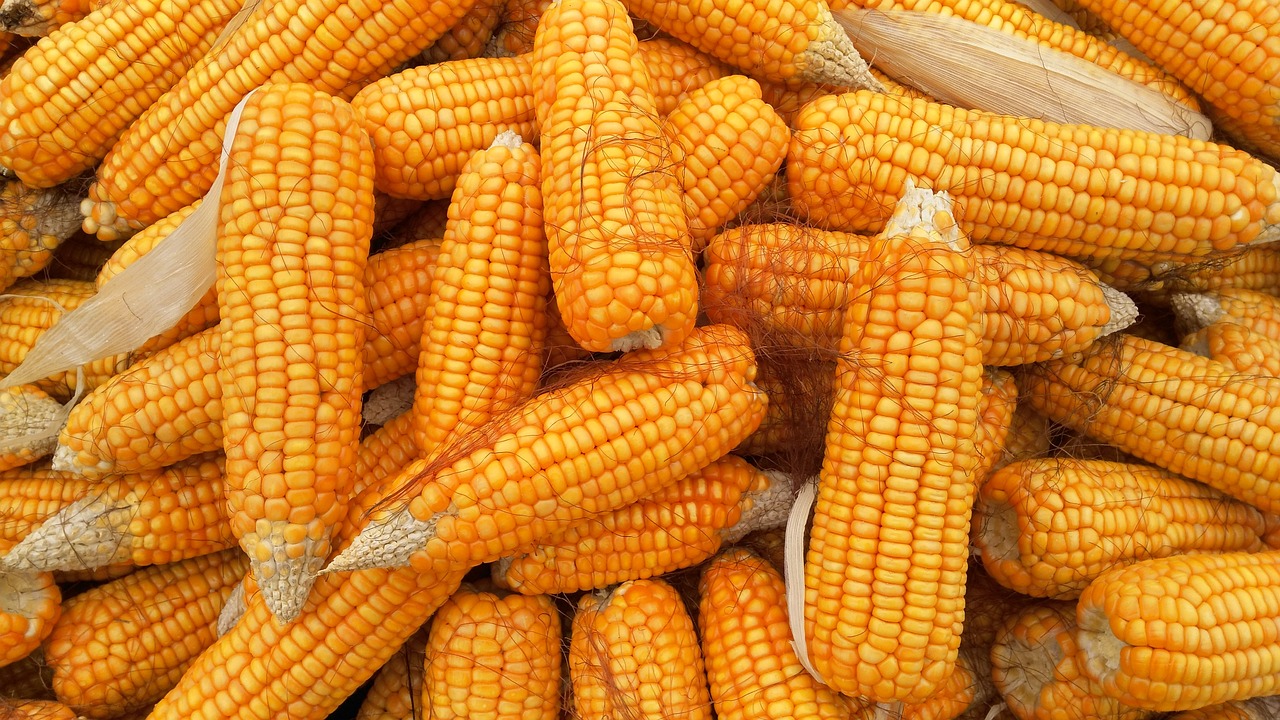
A corn trader should look to buy when prices approach levels near the cost of production, as further downside risk may be limited. With corn futures already down about 18% year-to-date due to increased supply expectations, traders should consider that prices at or below production costs tend to create upward pressure. Historically, low prices tend to self-correct as reduced profitability for farmers leads to lower production, tightening supply over time. This cyclical nature makes current low prices a potential buying opportunity before supply dynamics shift.
What factors are making me cautiously bullish on the corn market?
While I'm turning bullish on corn, a handful of issues still create headwinds for a corn market rally.
Last year's bumper crop created a significant carry-over that many farmers still store on their farms and have yet to price. I wrote about this in an article for Barchart, "Is Corn Ready for a Seasonal Pre-Summer Rally?" "The carry-over from the previous crop year was excessive and may result in a smaller pre-summer price rally than usual. As producers see prices rallying to levels where they can hedge their new crop and retain a profit, we could see more aggressive commercial selling into rallies. Keep an eye on the COT report that is released each Friday." With so much corn still in storage and a new harvest near, storage options are becoming an issue.
Perfect weather for most of the growing season supported another bountiful year for corn yield in 2024. If the corn harvest is completed early, farmers who don't have the storage space may be forced to bring crops to the market. Could this lead grain elevators to dump corn on the ground like in 2017?
A market axiom, "The market knows all! " will occasionally complement a market outlook already being studied. For example, the United States Department of Agriculture (USDA) released a report recently that would typically have sent corn prices cratering. After the market digested the news, the corn market rallied off the recent sell-off lows. Does the market know something we don't?
Seasonal Pattern

Source: Moore Research Center, Inc. (MRCI)
MRCI, through extensive research over the past 15 years, has found that the December futures corn contract has put in a significant seasonal low near the beginning of October. This seasonal low typically causes prices to rally into the planting season (June-July), during which farmers will sell into the rally to hedge the price risk of their new crop. Corn inventories are depleted during winter through livestock feed, ethanol production, and exports. Demand during winter reduces supply until the following fall harvest season, raising prices.
It's important to note that while seasonal patterns can provide valuable insights, they should not be the sole basis for trading decisions. Traders must consider other technical and fundamental indicators, risk management strategies, and market conditions to make well-informed and balanced trading choices.
Technical Picture

Source: Barchart
The chart above is a continuous weekly December contract only. Measuring the price declines for the last two new crop hedge seasons, we see an average decrease of approximately 26%. For 2024, the decline seemed more drastic, yet it has stopped at about 22%.
Commitment of Traders (COT) Report

Source: CMEGroup Exchange
Here is the game changer for me: turning bullish on corn prices. The MRCI seasonal pattern is a reliable setup and worth pursuing. The 2024 new crop hedge price decline is in line with the last two years percentage-wise.
But, the most significant piece of the bullish puzzle is the COT report.
The graph dates back to 2006 when the Disaggregated COT report was introduced. The yellow line represents corn prices. The table shows that the red color represents the number of short positions the commercials hold, and the blue bars represent the number of long positions they hold.
Are you asking, what blue bars? That's my point! Historically, commercial traders have been net short (more short positions than long) except for some rare times when they have held net long positions (more long positions than short). The picture makes it difficult to see these periods, but I list them below, as well as the results of the price rallies that followed each time they were net long.
| Date | Price Rally |
| 11/05/13 | 86'0 cents |
| 04/23/19 | 109'0 cents |
| 06/16/20 | 410'0 cents |
| 02/20/24 | 70'0 cents |
| Recently 07/16/24 | So far - 23'0 cents |
Commercial traders have their finger on the pulse of the markets. When they take their positions from net short to net long, they tell us something is ready to change in the corn market.
In Closing…..
While current market conditions present challenges, such as a significant carry-over from last year's bumper crop and potential storage issues for the upcoming harvest, several factors point toward a bullish outlook for corn. The seasonal pattern suggests a typical price rally heading into winter, supported by rising demand from ethanol production, livestock feed, and exports. Additionally, the Commitment of Traders (COT) report shows commercial traders shifting from net short to net long positions, historically signaling an impending market shift. Although risks remain, these factors combined offer the potential for a price recovery in the corn market.
Futures traders could trade the full-sized corn contract (ZC) or the mini-corn contract (XN). Traders with equity accounts can trade the exchange-traded fund (CORN).
On the date of publication, Don Dawson did not have (either directly or indirectly) positions in any of the securities mentioned in this article. All information and data in this article is solely for informational purposes. For more information please view the Barchart Disclosure Policy here.






